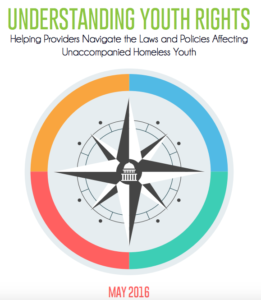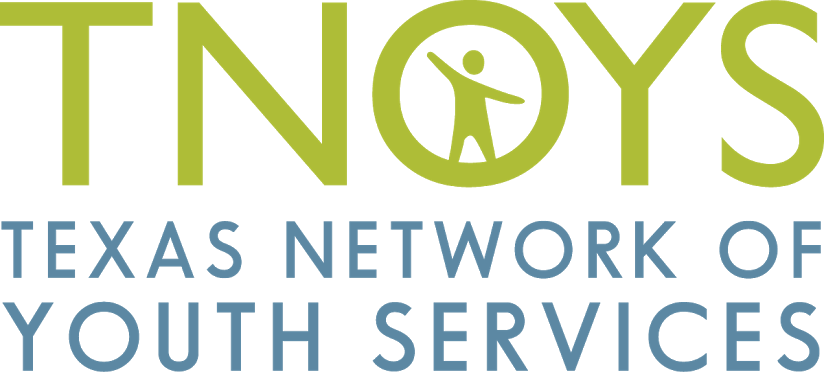 It’s been an exciting time for young people across the state who returned to school this week, kicking off a new year of learning and opportunity. But for those among them who are currently experiencing homelessness, going back to school is just one of the situations where a lack of housing can sometimes present challenges.
It’s been an exciting time for young people across the state who returned to school this week, kicking off a new year of learning and opportunity. But for those among them who are currently experiencing homelessness, going back to school is just one of the situations where a lack of housing can sometimes present challenges.
While federal law protects access to education, medical treatment and other rights for homeless youth, the laws can sometimes be vague and difficult to interpret and apply. That’s why TNOYS has released a new guide to help providers navigate the laws and better serve this vulnerable population. “Understanding Youth Rights: Helping Providers Navigate the Laws and Policies Affecting Unaccompanied Homeless Youth,” produced with funding from a Texas Bar Foundation grant, provides guidance on state and federal laws around the following issues:
- Emergency shelter/housing
- Emancipation
- Public education
- Medical treatment
- State and federal benefits
Each section of the booklet contains answers to the most frequently asked questions related to each subject and offers general guidelines for most situations. When it comes to those students who are returning to school this year without a permanent home address — and possibly without an adult guardian — those questions include: “Can a youth experiencing homelessness stay enrolled in their previous school even if they are now staying in a different district or state?” or “How do you enroll a student in school if they don’t have the documentation typically required for enrollment, such as proof of residency”?
TNOYS sees youth as resilient, resourceful people who can partner with adults in a joint effort to solve their problems, and in that spirit, the guide also includes a focus on how youth and adults can collaborate to resolve challenges associated with homelessness. The first three chapters of the booklet identify how providers can empower the youth voice, help youth understand their rights and responsibilities, and appreciate and understand the cultural diversity among homeless youth.
The start of a new school year should be a positive experience for all students, including those whose home situations present questions around enrollment, transportation and other school-year necessities. This guide aims to make it a little easier for educators and others who serve youth to provide them with the education they need, and other essential services throughout the year.
